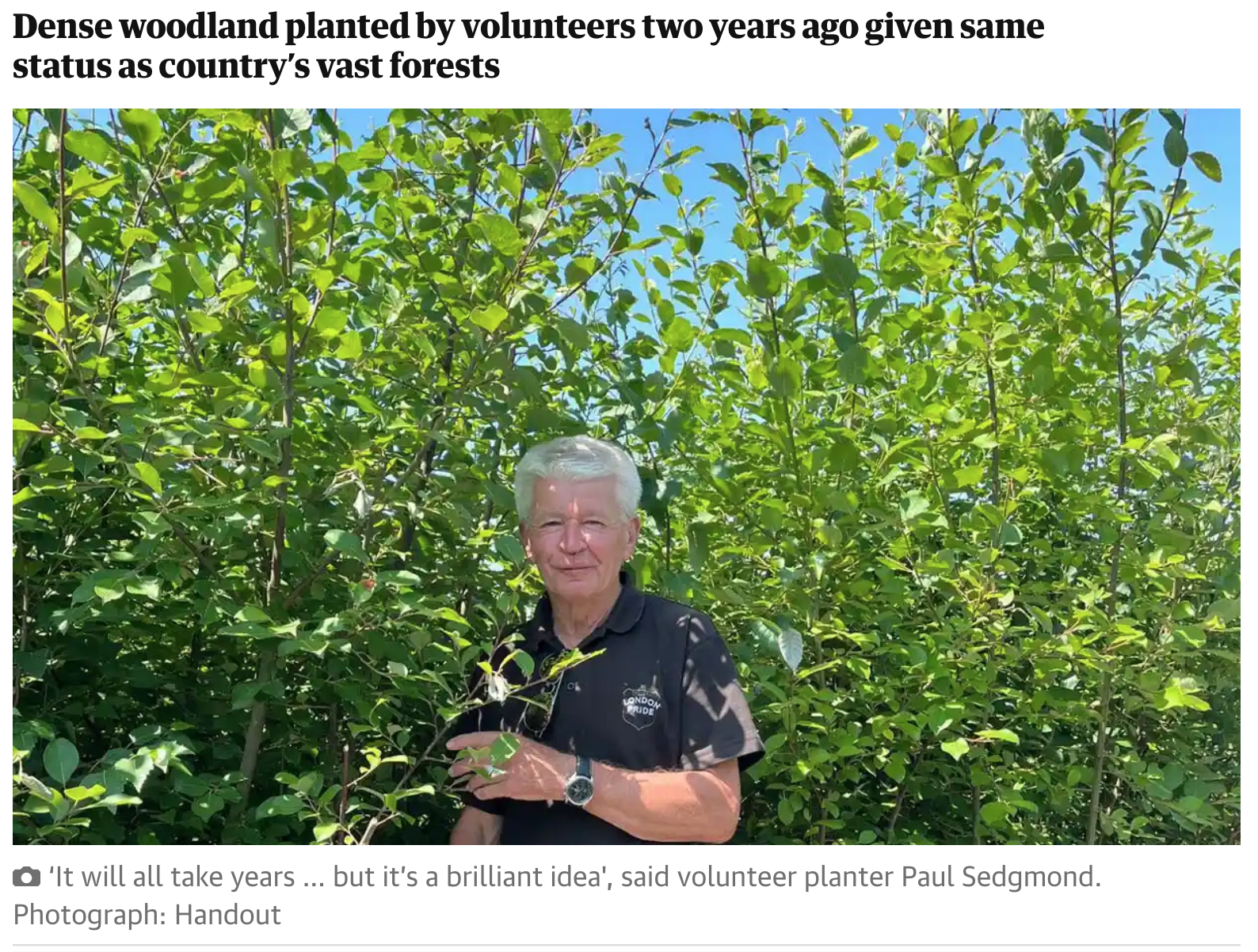


Finding the divine in the natural world
RN Broadcast Thu 17 Nov 2022 at 3:00pm
With the latest round of UN climate talks wrapping up recently, it’s a good time to ask a fundamental question: Who are we, in relation to nature? What kinds of relationships bind us to other beings, like trees?
Maybe even amid climate change we can approach nature with celebration – even veneration?… Read more and Listen to the Interview here

EcoArtSpace.org
A platform for artists addressing environmental issues since 1999.

University of Tasmania
Study Sustainable Living online
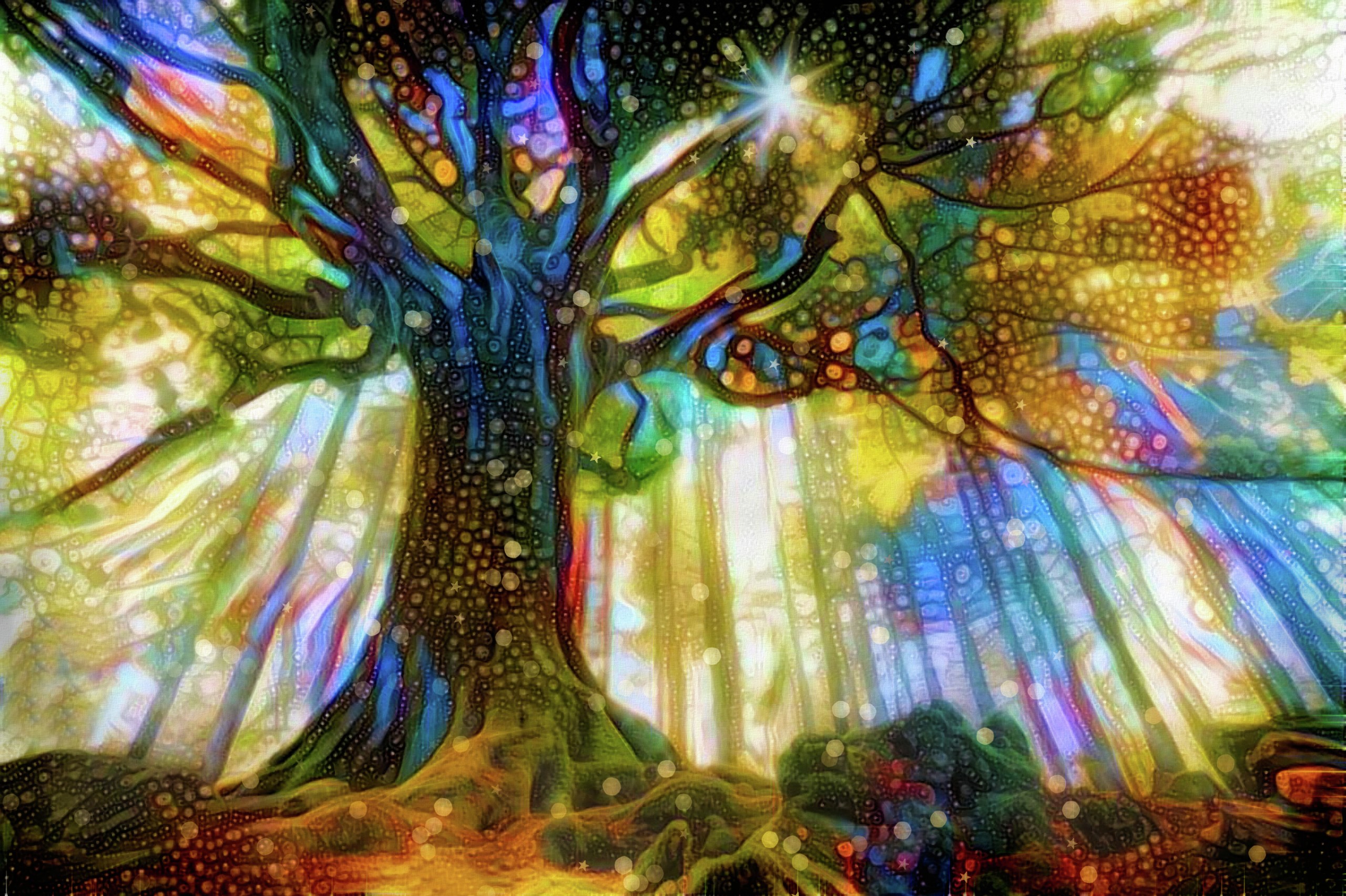
Northern Beaches Writers Competition
Image: ‘Magical Tree’ by Liliarta Visions
WRITERS ARE INVITED TO ENTER STORIES (max 2500 words) inspired by the theme of Tree, along with at least one (1) copyright-free image that reflects and enhances that story.
Tree – tree of life, family tree, trees, tree network, tree diagram, decision tree.
Stories can be non-fiction, fiction, or fiction inspired by true events. All genres and styles welcome. Multiple entries also welcome.
ENTRY FEE: AUD$15.00
WINNERS RECEIVE:
- 1st Place: $100 + publication
- 2nd Place: $50 + optional publication
- Northern Beaches Commendation Award (for Northern Beaches residents only): $25 + optional publication
- Shortlisted entrants: listed on our results page.
CLOSING DATE FOR SUBMISSIONS: 5pm (AEDT) 31 March 2022
FOR MORE COMPETITION DETAILS VISIT: www.northernbeacheswritersgroup.com
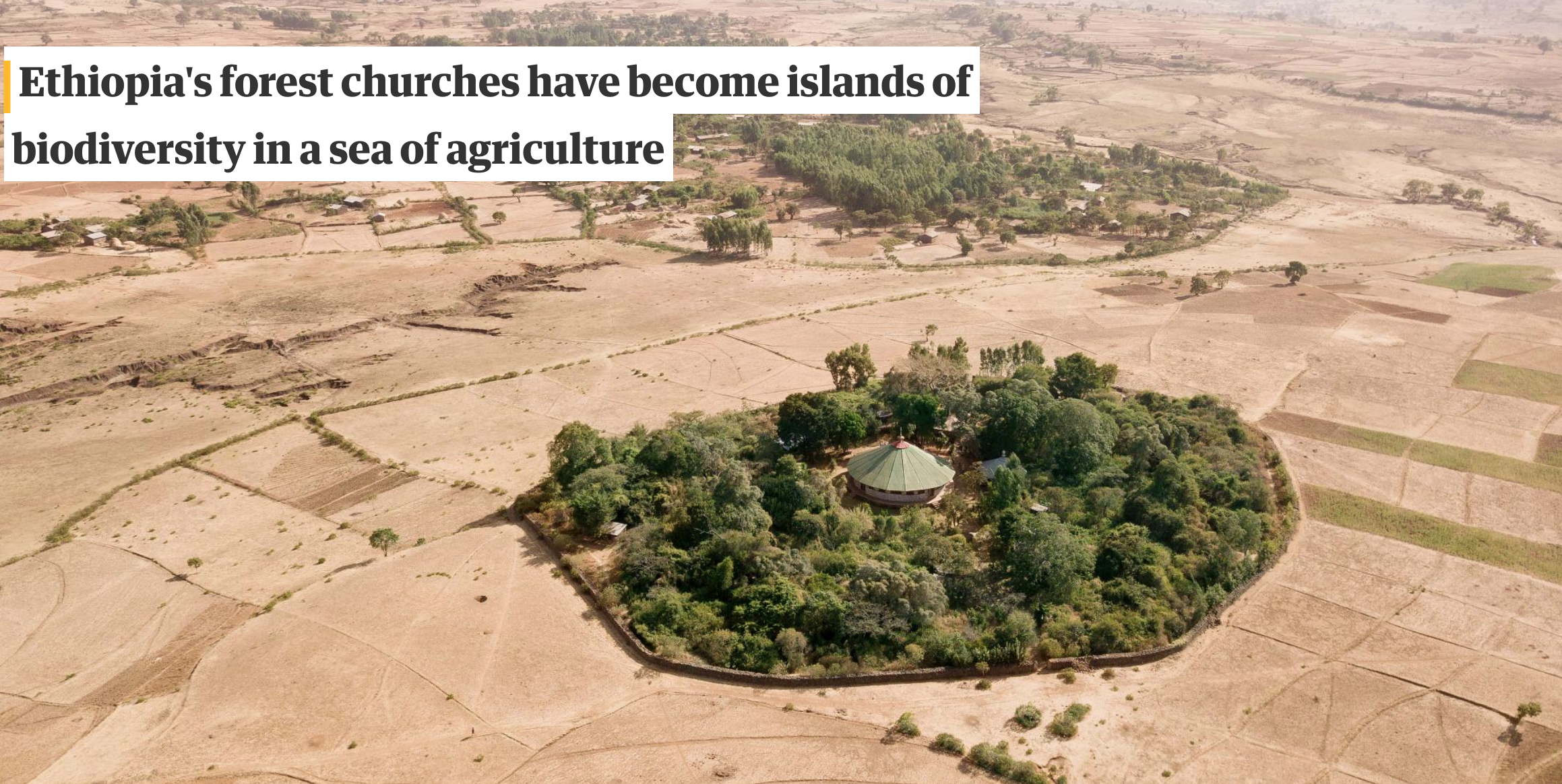
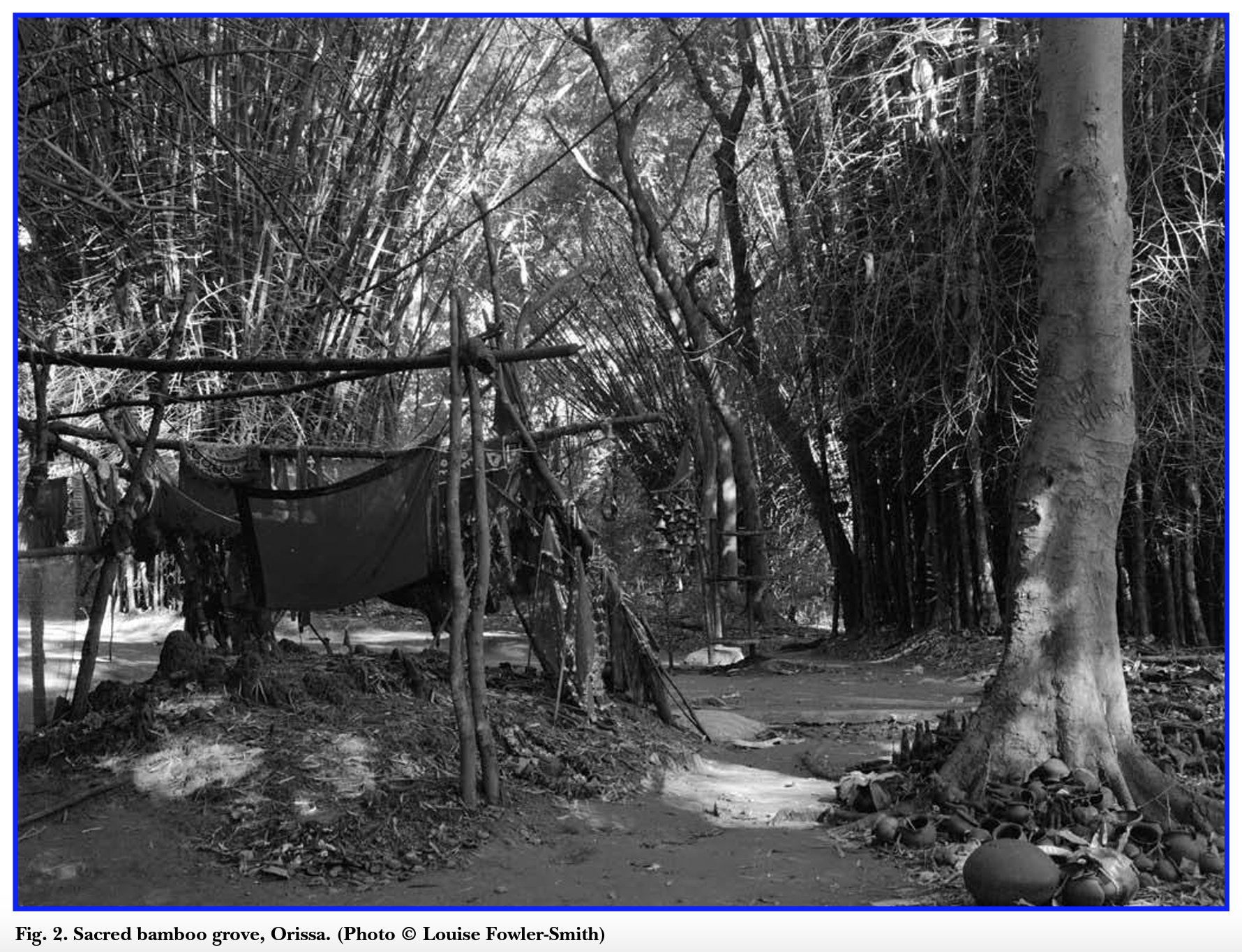
Hindu Tree Veneration as a Mode of Environmental Encounter
By Louise Fowler-Smith
Tree Planting with Birdlife Australia
May 2021 – Adrienne Hunt reports on tree planting for Birdlife Australia
Birdlife Australia provides opportunities for the public to participate in birdlife conservation projects, such as planting trees for specific bird species: https://www.birdlife.org.au/
I joined in with tree planting for the endangered Regent Honeyeater (April 30th – May 2nd 2021), on a pleasant autumn day in the magnificent Capertee Valley (the world’s second-widest Canyon- between Lithgow and Mudgee), on a private pastoral property. There was an enthusiastic collective of more than 140 people of all ages, including 28 young people, under the auspices of the Taronga Zoo – Youth at the Zoo (YATZ) program. We set-to with digging implements, and made light work of the planting of tubestock into prepared shallow trenches, which was completed by the early afternoon of the 1st May, including the watering in.
We planted more than 2500 baby trees of 30 different species that had been selected as the ideal habitat trees for the Regent Honeyeater, with the expert guidance of Dick Turner – Consultant Forester and bird life enthusiast.
What at first glance had presented as a daunting and potentially back-breaking task, proved to be an enjoyable and rejuvenating minor workout in an outdoor setting. A positive, cooperative, contributing experience as a counterpoint to the extractive, negative and destructive thrusts of our governmental decision makers.
Congratulations to Birdlife Australia and all who facilitated this endeavour.
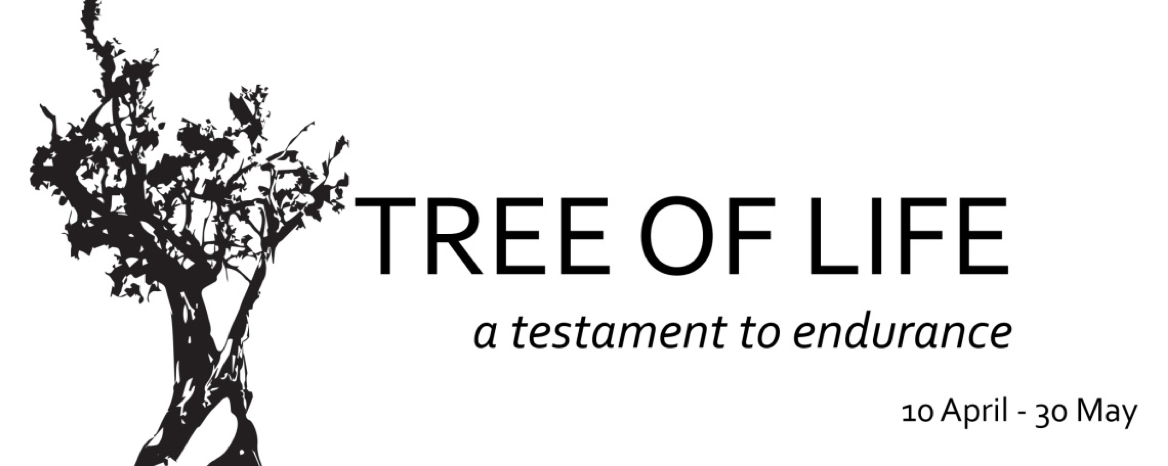
Tree of Life: a testament to endurance
TVS Founder and President, Louise Fowler-Smith was selected to include work in Gavin Wilsons Curated Exhibition, TREE OF LIFE: a testament to endurance at the S.H.Ervin Gallery in Sydney.
As stated by the Curator,
As we cautiously emerge from the Covid-19 pandemic, humanity is faced with a stark reckoning. The concept for TREE of LIFE is the central motif that signifies the challenges we face. What remains of the natural world is the one beacon in a perilous age of drought, fire, floods and plague, exacerbated by the constant reality of climate change. The recent horrific fire season experienced across the country will go down as the greatest extinction event for Australian wildlife and habitats since Colonisation.
To temper an already dangerous overreaction to the vexed issues of hazard reduction, tree thinning and further rampant land clearing, this major exhibition led by First Nations artists will generate a fresh, positive energy towards the reclamation of diminishing natural resources. Threads woven through TREE of LIFE will recognise the deep spiritual and physical associations that connect all forms of life: Life that must be nurtured as we chart a course of action through this perilous age of climate change, pandemics and wildfires.
Louise included two works from her ‘Tenacious Trees of the Australian Desert’ series. These artworks focus on trees found predominantly in the arid zone of far western NSW, particularly trees and bushes such as the Mulga, with its umbrella like form and isolated existence. Known to require very little water to survive, the Mulga is a testament to endurance.